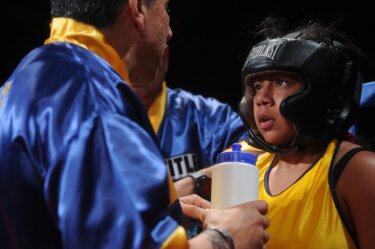(3 Minute Read)
Youth sport coaches are tasked with the difficult job of taking the abundance of knowledge they have and delivering it to athletes at various developmental stages in a way that makes sense. One way that coaches often deliver information is through offering feedback for both positive and negative behaviors. Feedback is used to increase the athlete’s performance of a movement and can come in many forms. However, not all types of feedback are created equal. While the purpose of feedback is to increase an athlete’s skill level and confidence, feedback given at the wrong time and in the wrong way can do the exact opposite. The remainder of this article will present best practices for giving feedback when teaching new skills.

To begin, it is important to understand that there are two main types of verbal feedback. The first type of verbal feedback is called supportive feedback. Supportive feedback is used to reinforce components of a skill that an athlete performed well. The second type of feedback is named change-oriented feedback. The purpose of this type of feedback is to provide an athlete with information about how to change their behavior to increase their performance. While both types of feedback are essential, they can either increase or decrease confidence and skill-based on the coach’s delivery. Feedback that is specific, directed, goal-oriented, and frequent is generally viewed as most effective.
